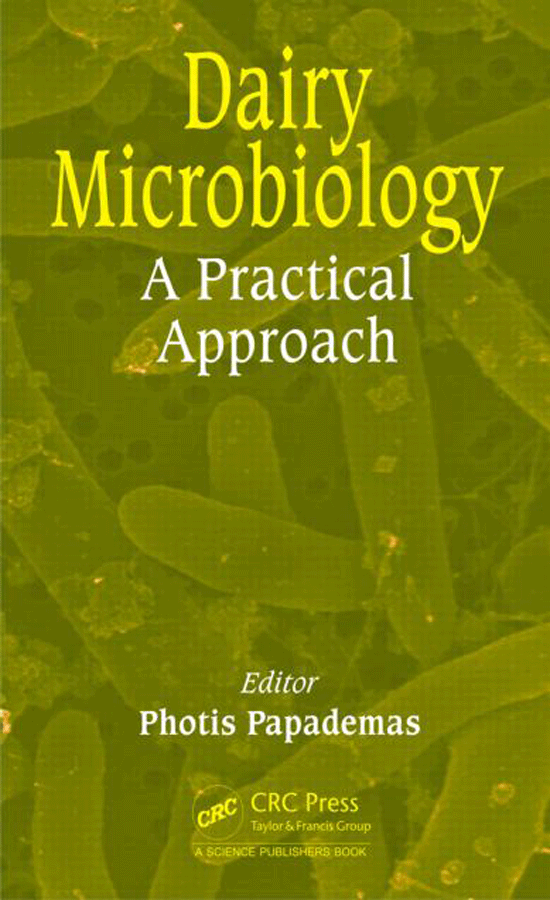Dairy products fit into a healthy diet
IDFA is urging the Dietary Guidelines Advisory Committee to include key dairy-related priorities in its final report

For many years, dairy products have played an important role in healthy, balanced diets for people around the world. But over the past few decades, a decline in milk consumption has coincided with an explosion in beverage choices, as well as consumer questions about the healthfulness of dairy products. Consumer confusion is driven often by contradictory research and evolving nutritional recommendations that create a fog around certain foods such as eggs, vegetable oils, nuts and dairy.
But the fog is now clearing. In September, a panel of child health experts from the Academy of Nutrition and Dietetics, the American Academy of Pediatric Dentistry, the American Academy of Pediatrics and the American Heart Association strongly recommended children ages 1 to 5 consume only cow’s milk and water — the former for its unique, powerful nutritional package. Moreover, a growing body of new and overlooked scientific evidence about the benefits of dairy — especially fuller-fat dairy — is changing the perception of dairy’s healthfulness for older individuals.
With that research in hand, Australia’s Heart Foundation and Belgium’s Superior Health Council recommended their citizens embrace dairy products as part of a healthy diet, demonstrating a clear global turning point in official dietary guidance related to dairy. Now it’s the United States’ turn to show that we’re catching up to the rest of the developed world.
Dairy and dietary guidance
Every five years, the federal agencies responsible for setting policy and delivering resources for human health and nutrition get together to determine The Dietary Guidelines for Americans (DGAs). The DGAs are the nation’s foremost dietary guidance produced by the U.S. Departments of Health and Human Services and Agriculture.
This dietary guidance is created based on a review of scientific literature conducted by the Dietary Guidelines Advisory Committee, a panel comprising nationally recognized nutrition and medical researchers, academics and practitioners. After reviewing the scientific literature and thousands of comments from a series of public meetings, the committee synthesizes current scientific and medical evidence in nutrition to present to the federal government.
In January, the International Dairy Foods Association (IDFA) will present oral comments to the committee. IDFA will urge the committee to include these points in its final report:
- Keep dairy as a separate food group (rather than lumped in with a category such as proteins).
- Recommend that eating patterns should include three servings of dairy each day.
- Consider recent science on variety of fat levels in dairy.
- Recommend dairy as complementary foods for infants/toddlers.
- Recommend strategies for dealing with lactose intolerance that can include dairy.
The most important among these priorities is to keep dairy as an individual group in the 2020 DGAs due to its unique nutrient package. No other type of food or beverage provides the range and density of nutrients that dairy contributes to the American diet.
While dairy provides certain nutrients such as protein that can also be found in meat and nuts, it provides nutrients that are not found in many other products, too, including calcium, vitamin D and potassium. Moreover, the inclusion of dairy as a separate food group in someone’s dietary pattern makes that person more likely to consume a healthy diet.
Some of the dietary criticism levied at dairy has to do with saturated fat. But a growing body of evidence (see https://tinyurl.com/y2z663a8 and https://tinyurl.com/ya2gzzbw, for example) indicates that consumption of full-fat dairy foods (milk, cheese and yogurt) is not associated with higher risk of negative health outcomes, including obesity, diabetes and heart disease.
Until the 2020-2025 DGAs are released, IDFA will continue advocating to ensure the overwhelming scientific evidence pointing to dairy’s healthful, nourishing qualities is reflected in the dietary law of our land.
Looking for a reprint of this article?
From high-res PDFs to custom plaques, order your copy today!








